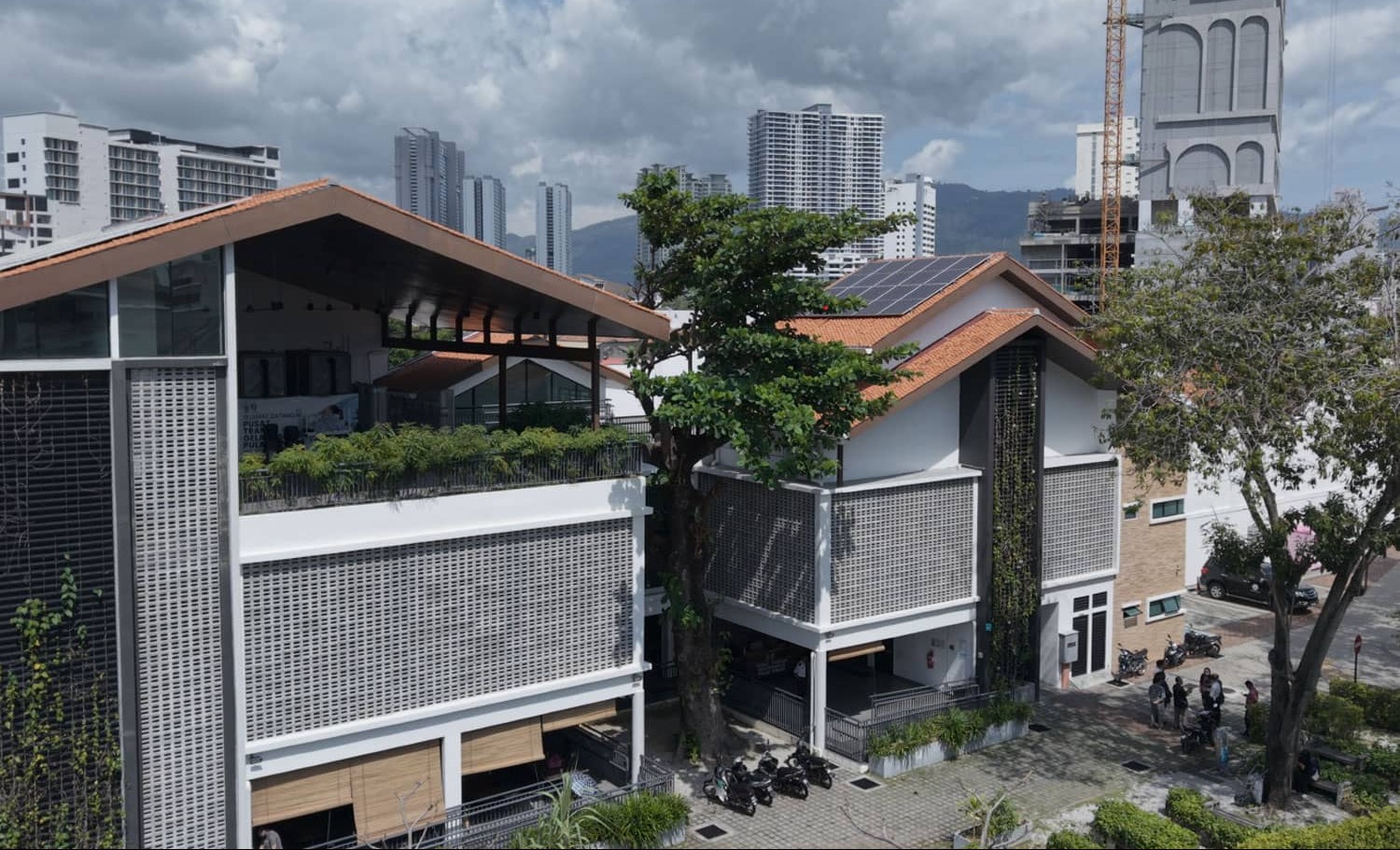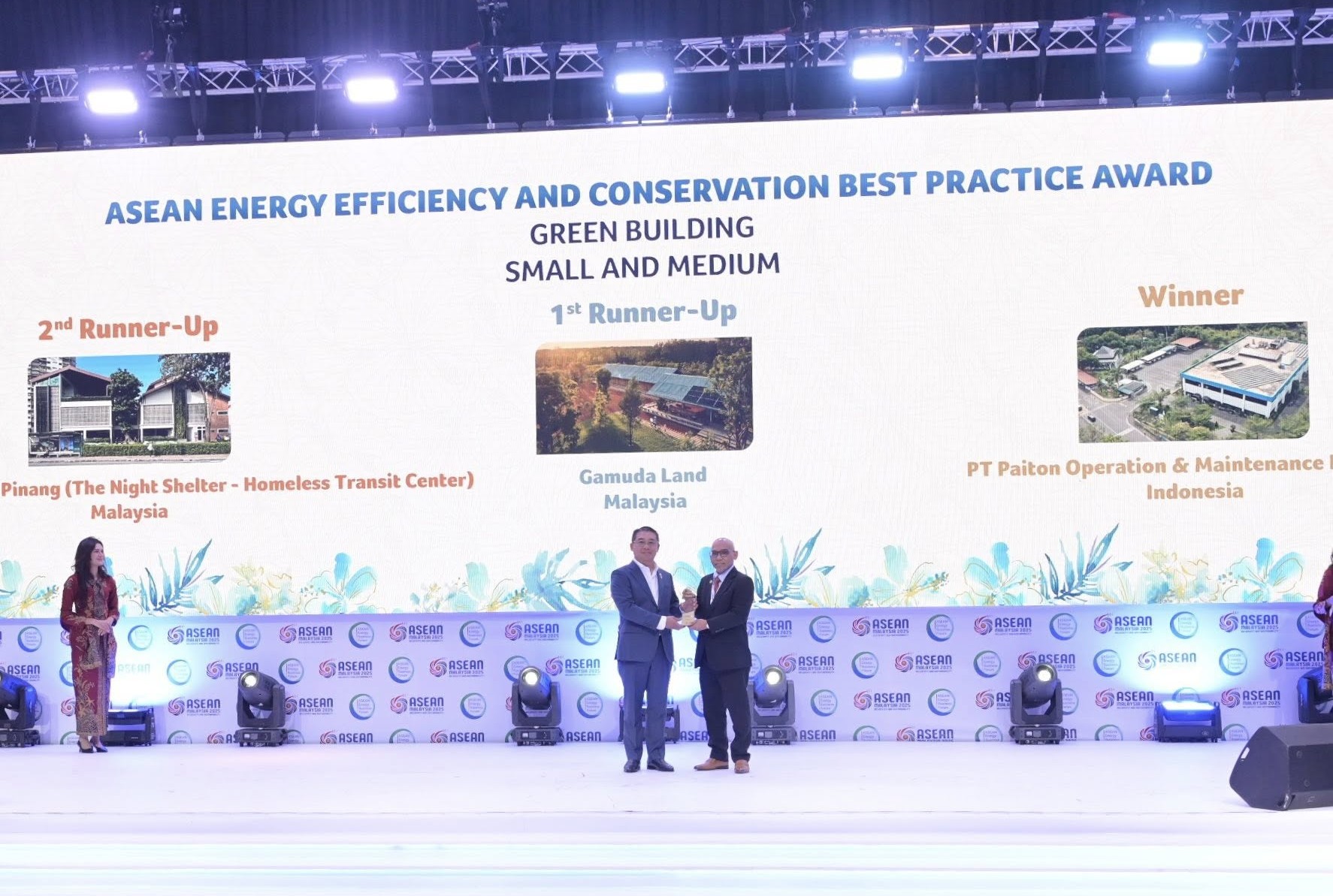Penang’s night shelter earns global recognition for green innovation
What began as a compassionate idea to support the homeless in George Town has evolved into one of Penang’s most celebrated community projects. The transit centre at Jalan C.Y. Choy, better known as The Night Shelter, has earned both local and international recognition for its thoughtful design that blends heritage preservation with sustainability and social care.
Located at the junction of Jalan C.Y. Choy and Jalan Magazine, the centre stands on a 0.37-acre site featuring a restored 1920s shophouse and a new three-storey extension, together offering about 17,500 sq ft of space. The project was initiated in 2018 by the Penang government and the Penang Island City Council (MBPP), with full state funding of RM4.4 million. Construction began in 2020 and was completed two years later, with operations starting in August 2023 under the Penang Social Welfare Department (JKM).
According to MBPP’s building control department director, Rizuwan Salleh, the main aim of the facility is to provide immediate assistance to individuals experiencing homelessness by offering safe accommodation, hygiene facilities, and support services. The shelter can accommodate 80 residents, with separate dormitories for men and women. Other amenities include a rooftop garden, kitchen, dining hall, and spaces for training, learning, and NGO food distribution.
Each resident is offered an initial two-week stay, during which JKM helps to find employment opportunities and longer-term housing. The stay may be extended when necessary. In addition to accommodation, residents take part in skills training, motivational programmes, counselling, and health screenings to help them rebuild their lives and reintegrate into society.
The project’s achievements have been widely recognised. Among its latest honours are the National Energy Award and ASEAN Energy Award, positioning it as MBPP’s most successful pilot initiative so far. Rizuwan highlighted that the shelter was designed with a “triple net zero” approach — a first in Penang — aimed at minimising energy, water, and waste consumption.
To achieve this, the building features LED lighting with motion sensors, a 40kWp solar photovoltaic system, and a design that encourages natural airflow and daylight. Rainwater harvesting and greywater recycling systems are used for irrigation and toilet flushing, while more than 75% of construction waste was recycled or reused. Organic waste is converted into fertiliser for the compound’s greenery.
By combining the charm of a heritage building with environmentally responsible design, the Night Shelter stands as a model for how cities can approach homelessness with dignity and sustainability.
“This initiative is not just about providing a place to stay,” said Rizuwan. “It’s about helping people recover their confidence and move forward.”
He added that MBPP hopes to replicate the concept in other parts of Penang, especially beyond the city centre. The project’s growing recognition underscores MBPP’s ongoing commitment to integrating ESG (Environmental, Social and Governance) principles into its operations, showing that urban development can be both compassionate and sustainable.
Join our Telegram Channel now to receive instant update on Penang latest projects and property news









